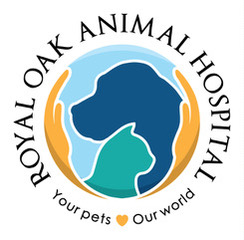Library
-
Therapy pets can help people with many facets of their health including physical, emotional, and psychological well-being. These pets live with their owners and make visits to hospitals and other facilities to spend time with these human patients. Therapy pets are not the same as service animals.
-
Running a veterinary clinic has a lot of overhead and behind the scenes cost that many pet owners aren't aware of. Human healthcare is far more expensive and less efficient than you realize. Plan ahead and take preventive steps to help reduce treating costly problems.
-
Wobbly Hedgehog Syndrome (WHS) is a progressive degenerative neurological disease of African and European hedgehogs. The disease causes muscle atrophy and weakness that eventually progresses to partial or full paralysis of the limbs and torso. The clinical signs, diagnostic testing, and supportive care management of WHS are explained in this handout.


